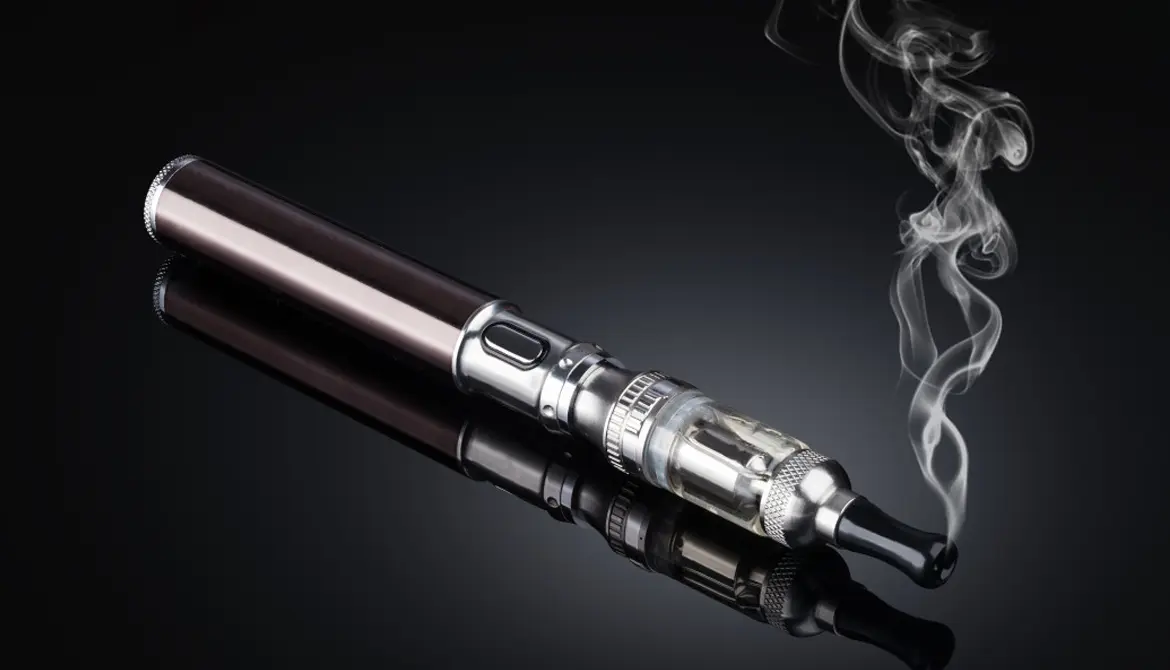Electronic cigarettes, also known as e-cigarettes, have become a popular alternative to traditional smoking. They were invented to provide a way for smokers to enjoy nicotine without the harmful chemicals found in regular cigarettes.
What is an Electronic Cigarette?
An electronic cigarette is a handheld device that heats a liquid into a vapor, which the user inhales. This liquid, called e-liquid or vape juice, usually contains nicotine, flavorings, and other chemicals. Unlike regular cigarettes, e-cigarettes don’t burn tobacco. Instead, they use a battery-powered heating element to vaporize the liquid.
The Invention of E-cigarettes
The concept of electronic cigarettes dates back to the early 2000s. A Chinese pharmacist named Hon Lik is often credited with inventing the modern e-cigarette. Hon Lik was inspired to create a safer alternative to smoking after his father, a heavy smoker, died of lung cancer.
Hon Lik’s invention quickly gained popularity in China and later spread to other countries. Early e-cigarettes were simple and designed to mimic the look and feel of traditional cigarettes. They typically consisted of a battery, an atomizer (heating element), and a cartridge filled with e-liquid.
How Did They Get the Name Vape?
The term “vape” comes from the word vapor, which refers to the aerosol produced when e-liquid is heated. As e-cigarettes became more popular, users started referring to the act of using them as “vaping.” This term distinguishes the process of inhaling vapor from smoking traditional cigarettes, which involve combustion and the inhalation of smoke.
The popularity of vaping grew rapidly, especially among smokers looking for a less harmful way to consume nicotine. Vaping also appealed to people who enjoyed experimenting with different flavors of e-liquid, which range from fruity and sweet to tobacco-like and minty.
Regulation and Popularity
As e-cigarettes gained popularity, governments around the world began to regulate their sale and use. Regulations often focus on issues such as age restrictions, labeling requirements, and the safety of e-liquid ingredients. Some places have banned certain flavors or restricted where vaping is allowed in public spaces.
Despite these regulations, vaping continues to be a popular choice for smokers looking to quit or reduce their tobacco use. Research is ongoing to understand the long-term health effects of vaping, particularly concerning the potential risks of inhaling vaporized chemicals.
The electronic cigarettes, or e-cigarettes, offer an alternative to traditional smoking by vaporizing a liquid containing nicotine and flavorings. The term “vape” originated from the vapor produced during use. While vaping has grown in popularity, it is important to consider the evolving regulations and ongoing research surrounding its health effects.
In Sri Lanka
In Sri Lanka, the rise of e-cigarettes has sparked interest and concern, especially among the youth. Vaping, often viewed as a modern alternative to traditional smoking, has gained popularity, but its health implications and regulatory landscape remain topics of discussion in the country.
